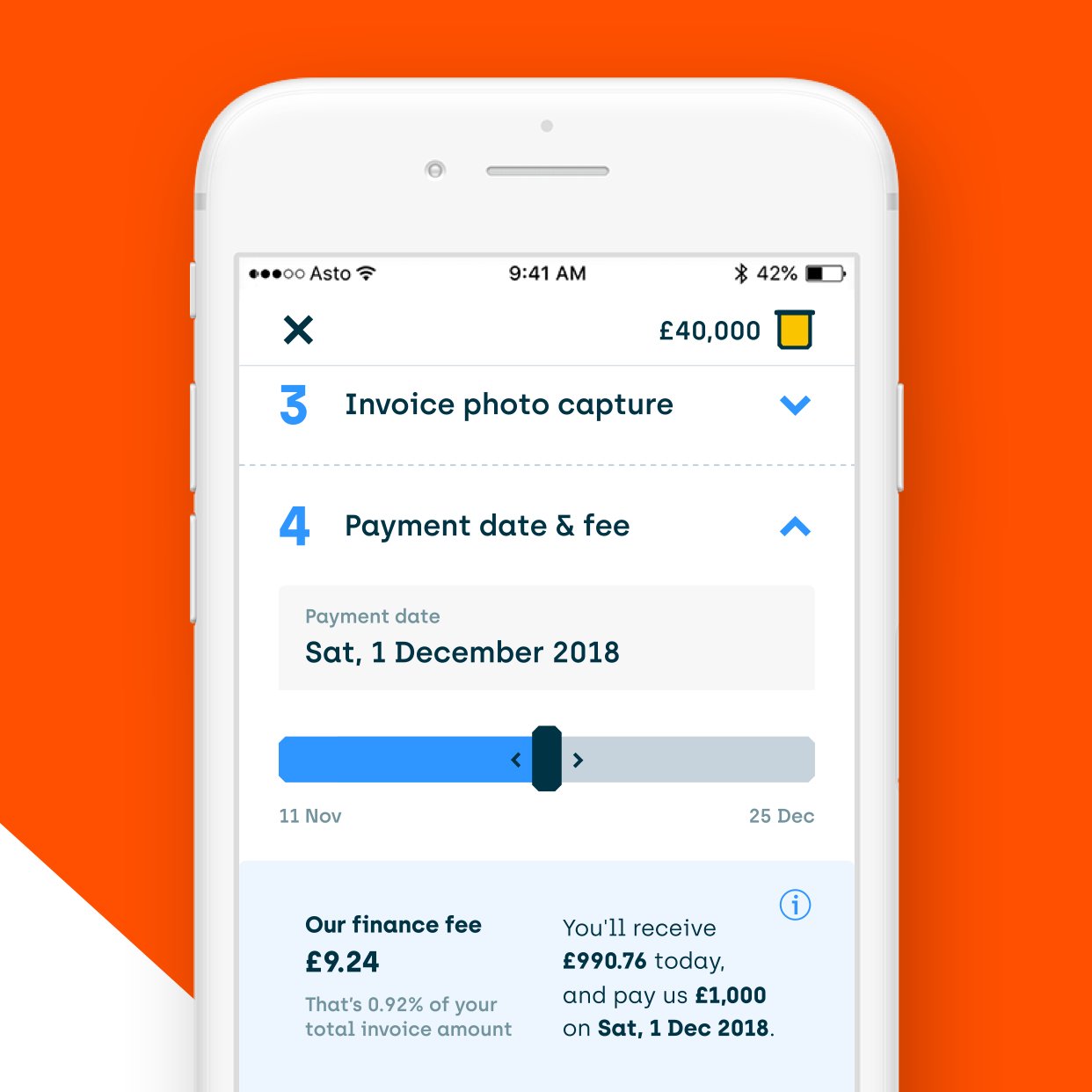Preparing for parental leave is an exciting and monumental step towards starting or expanding your family. However, it’s essential to address the financial aspect of this journey to ensure a smooth transition. So, how can you financially plan for parental leave? In this article, we will guide you through practical and effective strategies to manage your finances before, during, and after parental leave. Whether you’re a soon-to-be parent or just beginning to consider starting a family, this guide will provide you with valuable insights on how to navigate this significant life event while maintaining financial stability.
How to Financially Plan for Parental Leave
Introduction
Bringing a child into the world is a beautiful and life-changing experience. However, the financial implications of becoming a parent can be daunting. With the added expenses and reduced income during parental leave, it’s essential to have a solid financial plan in place. In this article, we will guide you through the process of financially planning for parental leave, ensuring you can enjoy this precious time without unnecessary stress.
Understanding Parental Leave
Before delving into financial planning, it is crucial to have a solid understanding of parental leave. Parental leave varies depending on your country, employer, and personal circumstances. It is essential to familiarize yourself with the policies and benefits available to you. Some key aspects to consider include:
- Length of parental leave: Determine how much time you can take off work to care for your child.
- Maternity and paternity leave: Understand the differences between maternity leave for mothers and paternity or parental leave for fathers.
- Eligibility criteria: Check if there are any specific requirements or conditions you need to meet to be eligible for parental leave.
- Employer policies: Review your employer’s policies regarding pay, job protection, and benefits during parental leave.
By being well-informed about your parental leave options, you can better plan your finances accordingly.
Evaluating Current Finances
The first step in financially planning for parental leave is evaluating your current financial situation. This assessment will help you understand your income, expenses, and savings, allowing you to make informed decisions. Consider the following aspects:
1. Income
Take a close look at your current income sources, including:
- Salary or wages
- Investments or rental income
- Side hustles or freelance work
Understanding your income sources will help you gauge how much money you have coming in and plan for any potential reductions during parental leave.
2. Expenses
Next, scrutinize your monthly expenses. Categorize them into essential and discretionary expenses. Essential expenses include:
- Housing
- Utilities
- Food
- Transportation
- Healthcare
- Childcare expenses (if applicable)
Discretionary expenses are non-essential and can be adjusted or eliminated if needed. These may include:
- Dining out
- Entertainment
- Travel
- Subscriptions
Identifying your expenses will help you determine areas where you can cut back and save during parental leave.
3. Savings and Emergency Fund
Assess the state of your savings and emergency fund. It is crucial to have a financial safety net before going on parental leave. Calculate how many months’ worth of expenses your emergency fund can cover. If it falls short, consider saving more in the months leading up to the leave.
4. Debts and Liabilities
Take stock of any outstanding debts or liabilities you have, such as student loans, credit card debt, or a mortgage. Understanding your debt obligations will help you create a realistic budget while planning for parental leave.
Crafting a Parental Leave Budget
Once you have evaluated your finances, it’s time to create a parental leave budget. A budget will serve as your roadmap, outlining your income, expenses, and savings during this period. Here’s how to go about it:
1. Calculate Available Income
Determine how much income you can expect during your parental leave. Consider the following sources:
- Mandatory employer benefits: Check if your employer provides any mandatory paid leave benefits.
- Voluntary employer benefits: Explore additional leave benefits or compensation options your employer offers.
- Savings and emergency fund: Assess how much you can rely on your savings and emergency fund during the leave.
- Government benefits: Research if there are any government programs or subsidies available to support you financially during parental leave.
Add up these income sources to get an idea of the total funds you will have during the leave.
2. Adjusting Expenses
Review your expenses and identify areas where you can cut back during parental leave. Consider the following adjustments:
- Reduce discretionary expenses: Temporarily eliminate or minimize expenses such as dining out, entertainment, and travel.
- Childcare costs: If your child will require childcare during your leave, research affordable options to factor into your budget.
- Utility savings: Explore energy-saving measures to lower utility bills during this period.
By making these adjustments, you can create a more accurate budget that reflects your reduced income during parental leave.
3. Seek Financial Assistance
If your budget falls short of meeting your financial needs during parental leave, consider exploring additional financial assistance options. Some possibilities include:
- Government programs: Research government-funded programs that can provide financial support during parental leave.
- Nonprofit organizations: Look for nonprofit organizations that offer grants or financial assistance to new parents.
- Support networks: Connect with local parenting support groups or networks that can provide resources or advice on navigating the financial challenges of parental leave.
Remember, seeking financial assistance is not a sign of weakness but a proactive step to ensure you and your family are financially secure during this period.
Protecting Your Finances
In addition to budgeting, there are several ways to protect your finances during parental leave. These measures aim to safeguard your financial stability and plan for the future. Consider the following:
1. Insurance
Review your insurance coverage to ensure you have adequate protection for your family. This may include:
- Health insurance: Understand your health insurance coverage, including prenatal care, childbirth, and postnatal care for both you and your child.
- Disability insurance: Determine if you have disability insurance that covers income loss during parental leave due to medical reasons.
- Life insurance: Assess your life insurance coverage to protect your family’s financial well-being in the event of unforeseen circumstances.
By having the right insurance policies in place, you can mitigate potential financial risks during parental leave.
2. Estate Planning
Consider updating your estate plan to reflect your new role as a parent. This may involve:
- Creating or updating your will: Specify guardianship for your child and outline how your assets should be distributed in the event of your untimely passing.
- Appointing a power of attorney: Designate someone you trust to make financial and legal decisions on your behalf in case you are unable to do so.
- Establishing a trust: Set up a trust to protect your child’s financial future and ensure that your assets are utilized as you intended.
Estate planning provides peace of mind and ensures your family’s financial well-being, even during challenging times.
3. Savings and Investment Strategy
Once you have a steady income again after parental leave, consider reevaluating your savings and investment strategy. Look for opportunities to:
- Rebuild your emergency fund: Make it a priority to replenish any funds used during parental leave.
- Resume contributions to retirement accounts: Continue saving for your retirement to secure your financial future.
- Explore educational savings plans: Start planning for your child’s education by researching and investing in appropriate savings plans.
By having a long-term savings and investment strategy, you can ensure financial stability for both you and your child.
Conclusion
Financial planning for parental leave is a crucial step in navigating the financial challenges that come with becoming a parent. By understanding your parental leave benefits, evaluating your finances, creating a budget, and protecting your financial well-being, you can confidently embark on this new chapter in your life. Remember, it is never too early to start planning, so take action today to prepare for a financially secure future for you and your family.
HOW TO AFFORD TO TAKE MATERNITY LEAVE
Frequently Asked Questions
Frequently Asked Questions (FAQs)
How can I financially plan for parental leave?
Planning for parental leave involves careful financial preparation to ensure a smooth transition during this time. Here are some key steps to help you financially plan for parental leave:
What are the important factors to consider when financially planning for parental leave?
When financially planning for parental leave, consider the following factors:
How far in advance should I start financially planning for parental leave?
It is recommended to start financially planning for parental leave as early as possible. Ideally, begin the planning process at least several months in advance to give yourself enough time to make necessary adjustments and build up your savings.
What are the options for income replacement during parental leave?
There are several options to consider for income replacement during parental leave:
Should I rely on my employer’s parental leave benefits or consider additional insurance?
While many employers offer parental leave benefits, these may not always provide complete coverage. It is advisable to explore additional insurance options to supplement your income during this time.
How can I create a budget to financially prepare for parental leave?
Creating a budget is essential to financially prepare for parental leave. Follow these steps to create a budget:
What expenses should I anticipate during parental leave?
When financially planning for parental leave, anticipate the following expenses:
What steps can I take to reduce expenses during parental leave?
To reduce expenses during parental leave, consider the following steps:
Final Thoughts
When planning for parental leave, it is crucial to consider your financial situation and make necessary arrangements. Start by assessing your current income and expenses, and then create a budget to track your spending and save for the future. Explore any available benefits or insurance options offered by your employer, such as parental leave policies or short-term disability insurance. Additionally, research government programs and grants that can provide financial support during your leave. Consider adjusting your lifestyle and reducing unnecessary expenses to increase your savings. Developing a solid financial plan for parental leave can help alleviate stress and ensure a smoother transition into this important phase of your life.



